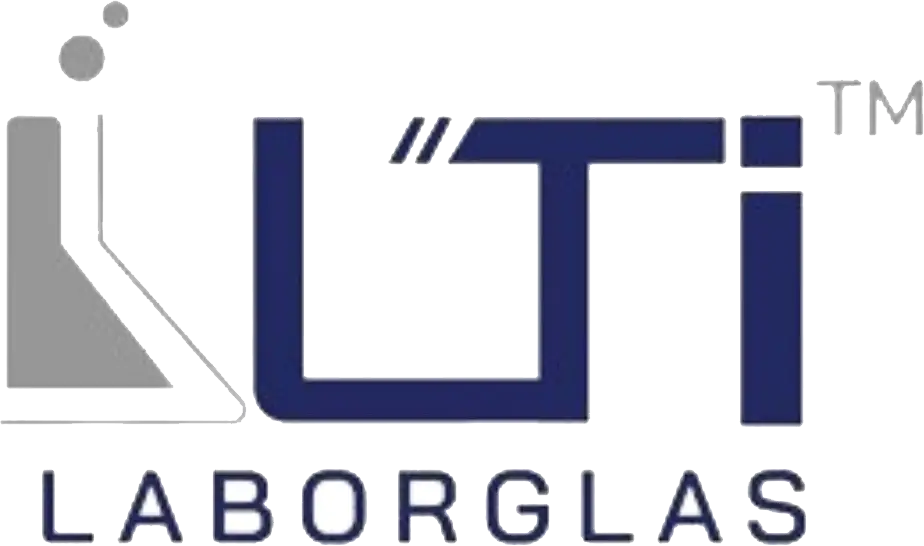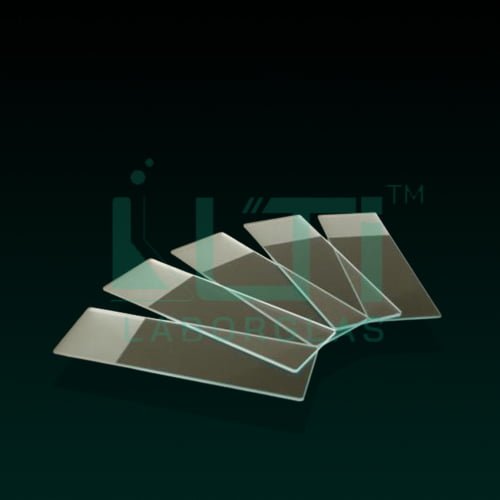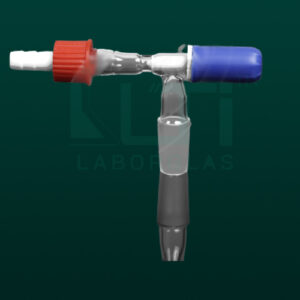| PART No. | Type | Pack Qty. |
| 8430-PL | Ground edges Plain 76/26 | 50 Pairs |
| 8430-DS | Ground edges Double sides frosted | 50 Pairs |
Here are common uses of microscopic slides:
- Microscopic Examination:
- Applications: Microscopic slides are primarily used for observing specimens under a microscope. Various biological, chemical, or geological specimens can be mounted on slides for detailed examination at magnifications ranging from low to high power.
- Histology and Pathology:
- Applications: In medical laboratories, slides are used to mount tissue sections for histological and pathological examinations. This allows for the study of tissue structure, cellular morphology, and the identification of abnormalities.
- Cytology:
- Applications: Microscopic slides are employed in cytology to examine individual cells. Cell smears or preparations are mounted on slides for the identification of cellular features, abnormalities, and changes.
- Microbial Studies:
- Applications: Slides are used in microbiology to mount microbial specimens, such as bacteria or fungi, for microscopic analysis. This aids in the identification and study of microorganisms.
- Blood Smears:
- Applications: Blood smears are prepared on microscopic slides for the examination of blood cells. This is commonly done in hematology to study red blood cells, white blood cells, and platelets.
- Botanical Studies:
- Applications: In botany, slides are used to mount plant specimens for microscopic analysis. This allows for the study of plant structures, tissues, and reproductive organs.
- Zoological Studies:
- Applications: Zoologists use microscopic slides to mount and examine tiny organisms, tissues, or structures, aiding in the study of animal morphology and physiology.
- Parasitology:
- Applications: Parasitologists use slides to mount and study parasitic organisms or structures. This is essential for identifying and understanding parasitic infections.
- Research in Molecular Biology:
- Applications: In molecular biology research, slides are used for techniques such as fluorescence in situ hybridization (FISH) or immunohistochemistry. Specimens are mounted for the visualization of specific molecular components.
- Educational Demonstrations:
- Applications: Microscopic slides are used in educational laboratories to demonstrate microscopic techniques and to teach students about cell biology, histology, and various scientific disciplines.
- Quality Control in Industry:
- Applications: In industries such as pharmaceuticals, food, and materials science, slides are used for quality control purposes. Microscopic examination helps assess product quality and characteristics.
- Crystallography:
- Applications: In crystallography, slides are used to mount crystal specimens for X-ray diffraction studies. This is crucial for determining crystal structures in material science and chemistry.
- Environmental Monitoring:
- Applications: Microscopic slides may be used in environmental science for examining microorganisms or particles in water, soil, or air samples. This aids in environmental monitoring and assessment.
- Art Conservation:
- Applications: In art and artifact conservation, slides may be used to examine and document microscopic features of materials, pigments, or structures.
- Entomology:
- Applications: Entomologists use slides to mount and study insect specimens. This is important for identifying insect species, studying their anatomy, and conducting research on insect behavior.





